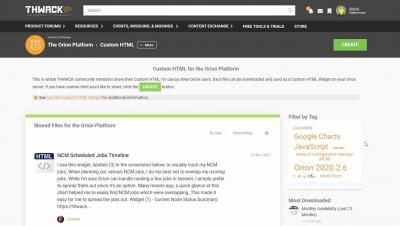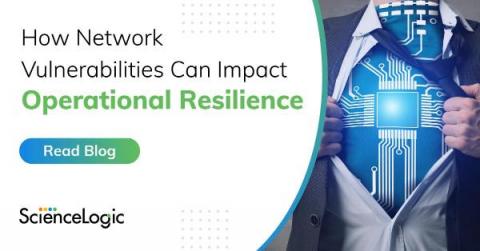Operations | Monitoring | ITSM | DevOps | Cloud
Networks
The latest News and Information on IT Networks and related technologies.
Do you know these IP Scanners?
Close your eyes. Imagine that, instead of being a good person reading this article at home, you are a newbie network administrator who must manage the IP addresses of thousands of devices networked on the extensive networks of a large company. At first you use your spreadsheet…, but it’s not enough!
Data Sovereignty: Everything You Need to Know
How to Import/Export Orion Custom HTML Widgets
Anatomy of an OTT traffic surge: 2022 Men's NCAA Basketball Championship
Last night, Kansas topped the University of North Carolina in a thrilling come-from-behind victory to win their fourth championship in men’s college basketball. It was also notable in how viewers saw the game. Instead of being aired on CBS (network television), the game was carried on TBS requiring viewers to have either a cable TV package or use a streaming service to watch the game. Here’s what we saw.
How Network Vulnerabilities Can Impact Operational Resilience
Operational resilience remains the top priority for those in financial services. From the U.S. Federal Reserve's study into "Sound Practices to Strengthen Operational Resilience" and "Principles of Operational Resilience" from the Basel Committee to the Bank of England's upcoming rule changes for financial organizations in the UK, the intent is to create financial services institutions that are geared towards managing digital disruption. The goal is that financial service businesses can continue providing mission-critical services in the event of disruptions such as IT glitches, outages, and cyber-attacks.
Source-Side Queueing: You Down With UDP?
Source-side queueing is a fancy way of saying: You can configure Cribl products to make sure data isn’t lost in the event of downstream backpressure, again. Those familiar with Cribl Stream might be aware of destination queuing or persistent queuing, wherein Stream can write data to the local disk in the event of an issue reaching the destination. Maybe your SIEM is suffering from disk I/O latency. Maybe there is a DNS problem with your load balancer (Hint: It’s always DNS).
The Benefits Of A Data Centre Partnership With Console Connect
[Live Webinar] Achieving Multi-Datacenter High Availability with HAProxy ALOHA and GSLB
HAProxy ALOHA is a load balancer that’s ideal for companies in search of high performance and ease of use. It comes as either a hardware appliance or a virtual appliance and provides load balancing of TCP, UDP and HTTP traffic, DDoS protection, and active-active clustering. One of its newest features is the ability to distribute traffic across multiple datacenters or regions through global server load balancing(GSLB).











